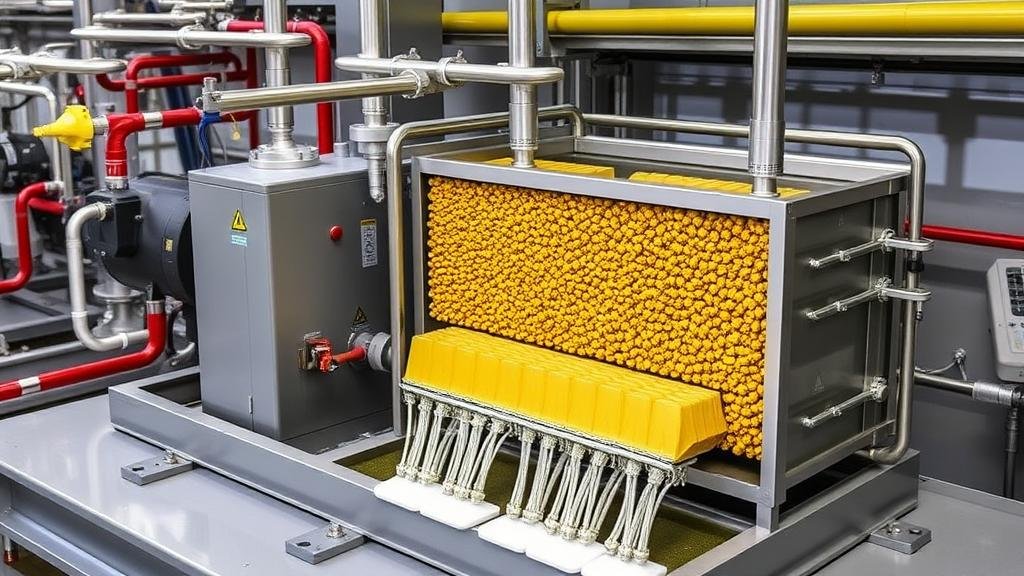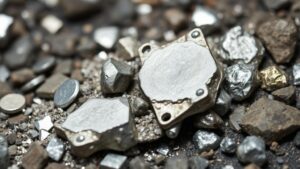How to Design a Modular Flotation Circuit for Small-Scale Gold Recovery
How to Design a Modular Flotation Circuit for Small-Scale Gold Recovery
Flotation circuits are essential in the gold recovery process, particularly in small-scale mining operations where resource efficiency and cost-effectiveness are paramount. This article will guide you through the design of a modular flotation circuit tailored for small-scale gold recovery, emphasizing crucial components, effective practices, and real-world applications.
Understanding Modular Flotation Circuits
A modular flotation circuit consists of unit processes that can be individually optimized and scaled according to specific mining conditions. This flexibility makes them ideal for small-scale operations that often encounter varying ore grades and types.
Key Components of a Modular Flotation Circuit
- Feed Preparation: Proper feed preparation, which includes crushing and grinding, is crucial to liberate gold particles from their surrounding matrix. A standardized particle size (typically 75 micrometers or finer) is often ideal for flotation.
- Flotation Cells: The heart of the modular circuit, flotation cells are designed to enhance the interaction between air and ore pulp. Conventional tanks and more advanced systems like column flotation cells can be utilized depending on the scale and required efficiency.
- Reagents: Flotation reagents, including collectors, frothers, and depressants, significantly influence the effectiveness of the flotation process. For example, xanthates are commonly used as collectors for sulfide minerals.
- Concentrate and Tailings Management: Effective management of the flotation concentrate (the enriched gold product) and tailings (waste material) is critical. Recovery of tailings through additional processing can enhance overall yield.
- Modularity and Scalability: Modular designs allow for adaptability in operations, enabling the addition of processes or equipment as needed based on the ores nature or operational efficiency.
Steps to Designing the Circuit
Designing a modular flotation circuit involves several steps, each requiring careful consideration and planning.
1. Conduct a Feasibility Study
Conduct a comprehensive feasibility study to evaluate the mineralogy of the ore deposit, expected gold recovery rates, potential market trends, and capital requirements. For example, a project in Ghana achieved 90% recovery rates with an initial investment of $1 million, highlighting the need for thorough economic analysis.
2. Select Appropriate Equipment
Choosing the right equipment is critical for operational success. Small-scale operations may benefit from modular equipment such as small flotation cells or portable leaching units, which can adapt to diverse environmental conditions. For example, a pilot plant developed for small-scale gold recovery in Tanzania utilized mobile flotation units that were transportable to various mining sites.
3. Optimize Flotation Parameters
Once equipment is selected, experiment with the flotation parameters such as pH, pulp density, and reagent doses. Controlled testing on a sample of ore can reveal the optimal conditions for maximum recovery. For example, adjusting the pH from 7.5 to 9 improved the recovery rate of gold-bearing sulfides in a Peru-based operation.
4. Use Tailings Recycling
Incorporate an efficient tailings recycling system to minimize waste and enhance overall gold recovery. For example, a West African project reported a 15% increase in overall recovery by reprocessing tailings through a second flotation circuit.
5. Monitor and Adjust Operations
Establish a routine monitoring system to evaluate flotation performance. Key performance indicators (KPIs) such as recovery rate, grade, and throughput should be tracked regularly to identify areas for improvement. Case studies have shown that consistent monitoring can lead to a 20% increase in efficiency over time.
Real-World Applications
Numerous small-scale operations rely on modular flotation circuits to achieve efficient gold recovery. For example, the small-scale gold miners in Bolivia have successfully implemented modular systems, allowing them to quickly adapt to varying grades of gold-bearing ore while also ensuring minimal environmental impact through proper tailings management.
Conclusion and Actionable Takeaways
The design of a modular flotation circuit for small-scale gold recovery requires a careful blend of science, engineering, and economics. By focusing on key components, strategic planning, and continuous monitoring, small-scale miners can significantly enhance their operational efficiency and profitability.
- Conduct thorough feasibility studies prior to circuit design.
- Invest in modular equipment for adaptability.
- Optimize flotation parameters through careful testing.
- Use recycling protocols for tailings to improve recovery rates.
- Establish consistent monitoring to adjust operations for maximum efficiency.
With these guidelines, small-scale gold operations can strategically design flotation circuits that not only recover valuable resources but also contribute to sustainable mining practices.


